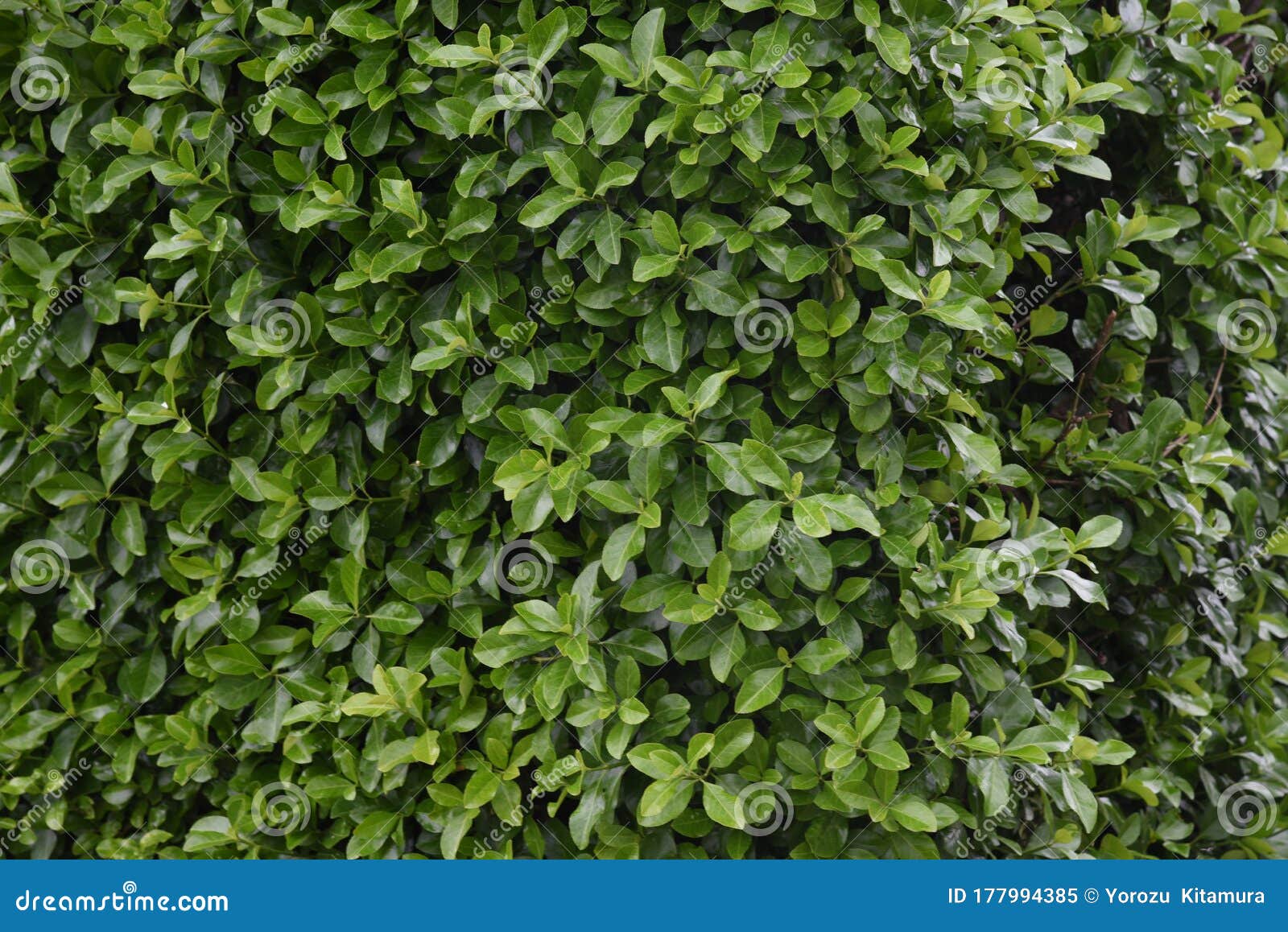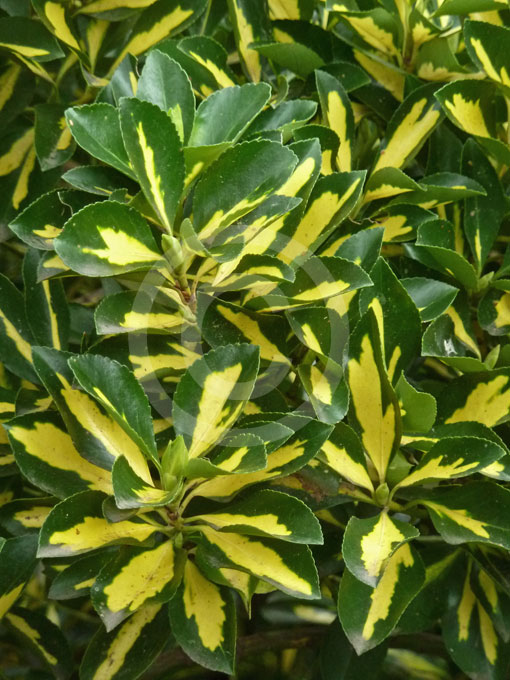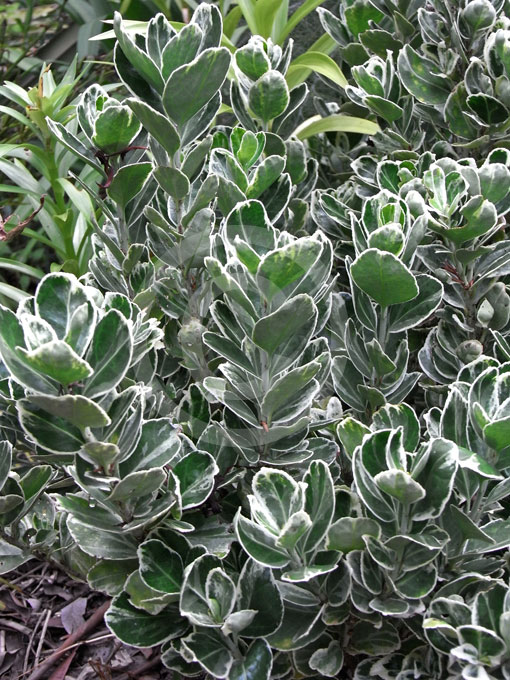

The shrubs served as a screen to block parked cars from an intersection.

In Waltham, MA, I observed newly planted four foot high shrubs in a restaurant parking lot garden.

Winged euonymus grows best in moist but well drained sites and tolerates moderately dry conditions (Whitcomb, 1985).
#Japanese spindle tree full
It grows in a wide range of exposures from full sun to full shade shade tolerates a broad range of soil types and soil pH and responds very well to pruning (Dirr, 1998 Whitcomb, 1985 Somers et al, 2006), which is why you may see this plant used so frequently as a hedge or lone specimen bush in home and commercial landscapes.Īlso known as burning bush, winged euonymus exhibits bright red autumn foliage and fruit. Winged euonymus has been widely cultivated here, in New England and elsewhere, for its horticultural characteristics, attractiveness to wildlife, and its adaptability to the urban/suburban environment. Therefore, you need to be aware of this plant! Professor Dirr (1998) also acknowledges that this species is weedy and has escaped cultivation. He states that this ornamental shrub is “still one of the finest landscape plants for American gardens and new selections add some diversity to the typical form” (Dirr, 1998, p.355). Older shrubs in gardens tend to have extensive root systems.ĭirr (1998) describes winged euonymus as having a highly desirable landscape value. The slower growth rate exhibited by winged euonymus may indicate the diversion of its energy into more root production than top growth. The buckthorns tend to grow bigger during the growing season than winged euonymus.

Its slow growth and small size (when compared to other woody exotic invasive shrubs of the same age) may fool you into believing it is a young plant or recent arrival. If you notice winged euonymus growing in your local woodlands, it may not be a new arrival if you happen to judge its age by its size. In fact, I have observed that where all three of these invasive species grew together, the younger glossy buckthorn towered over the winged euonymus. I have noticed long time established plants at a local park in Newton, MA, growing not particularly high and/or wide as other exotic invasive species such as glossy and common buckthorn. Dirr (1998) recommends a spring fertilization to maximize the spring growth spurt. Growth rate of stems and branches is considered fast in the spring but negligible the rest of the growing season. Buds are conical, strongly divergent, and are green-brown-red in color (Dirr, 1998).Ī photo taken on 4/12/12 shows emerging leaves and corky wings of the winged euonymus. Leaves are opposite to sub-opposite, one to three inches long, more narrow at the base than the mid to tip region (obovate) leaf tip is acute (pointed) leaves are generally ½ inch wide and finely serrate (Dirr, 1998). It was introduced into the United States during the 1860s and was quickly recognized as being a desirable horticultural specimen exhibiting an attractive growth habit, corky-winged stems, autumn leaves of brilliant red color, and attractive fruits (Dirr, 1998 Ebinger, 1996). General Description: Winged euonymus is originally from northeastern Asia including most of the provinces of China (Zheng et al, 2006). Regulations: The importation, distribution, trade, and sale of winged euonymus have been banned in Massachusetts effective Janu(Massachusetts Prohibited Plant List website, 2012). Mehrhoff courtesy of IPANE.Ĭommon Names: winged euonymus burning bush winged burning bush winged spindle-tree.


 0 kommentar(er)
0 kommentar(er)
